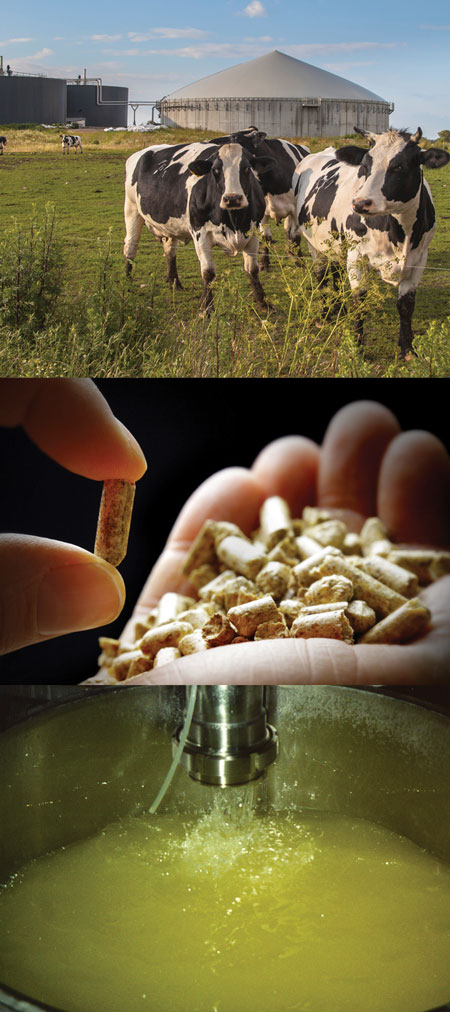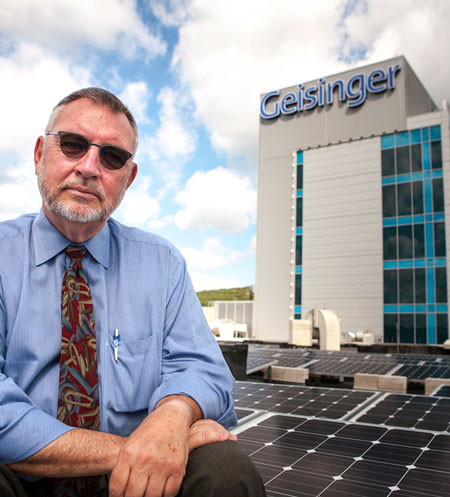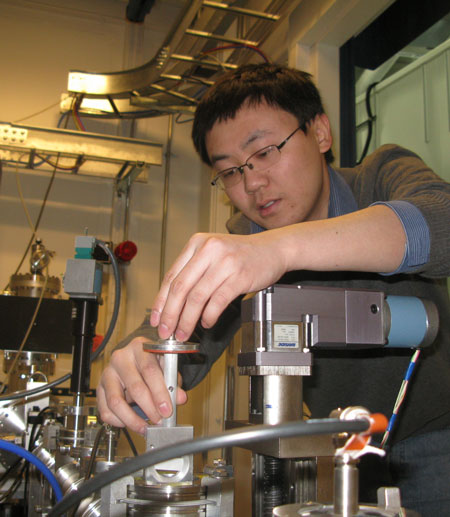The development of sustainable energy technologies is rapidly growing due in part to such issues as climate change and global interest in the development and deployment of sustainable energy technologies. Interest in sustainable energy has championed the development of emerging technologies that generate and use clean energy more efficiently along with the development of potentially new markets.





